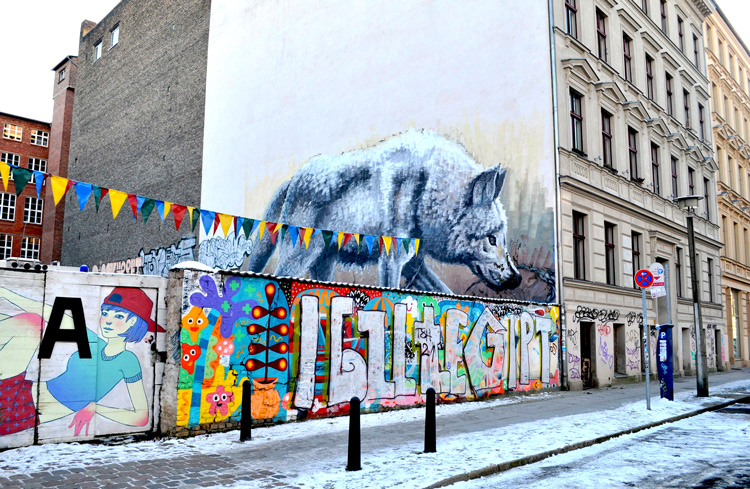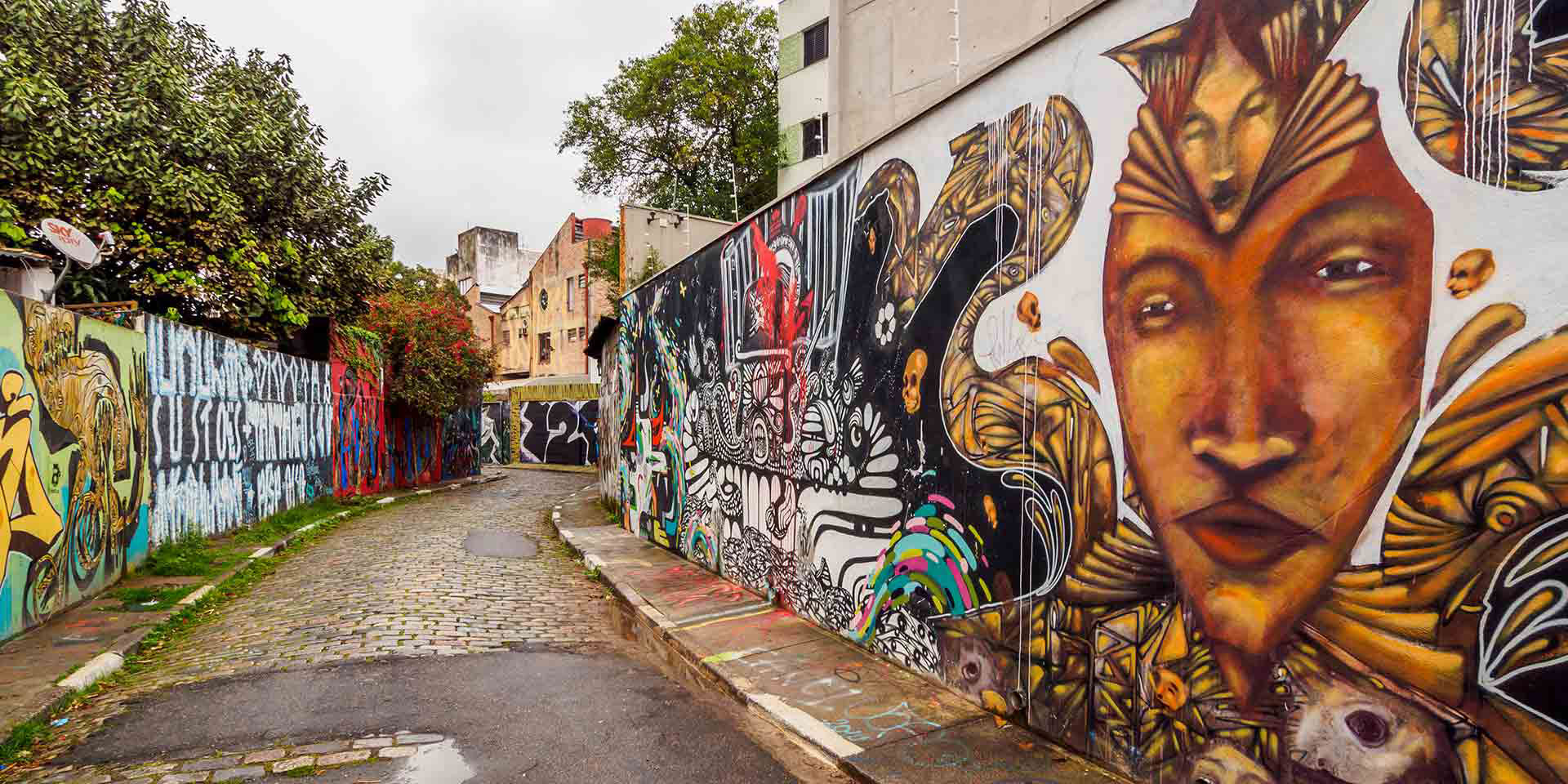Exploring the Vibrant Street Art Scenes in Cities Worldwide
Street art, once considered a rebellious form of expression, has evolved into a celebrated global phenomenon. It transforms urban landscapes into open-air galleries, reflecting the cultural and social nuances of each city.
This article delves into the vibrant street art scenes in cities worldwide, exploring the diversity of styles, the messages conveyed, and the impact of this art form on local communities and tourism.
The Evolution of Street Art
Historical Context and Origins
Street art, in its various forms, has been present in urban environments for centuries. From ancient graffiti in Pompeii to political murals in the 20th century, the roots of street art are deeply embedded in human history.
However, the modern street art movement, characterized by its diversity in techniques and themes, began to gain prominence in the late 20th century. Artists like Keith Haring and Jean-Michel Basquiat played pivotal roles in bringing street art into the mainstream, challenging the boundaries between public space and art galleries.
Techniques and Styles
Street art encompasses a wide range of techniques and styles, from graffiti and stencil work to large-scale murals and installations. Graffiti, often characterized by stylized lettering and vibrant colors, remains a popular form.
Stencil art, popularized by artists like Banksy, allows for the rapid reproduction of complex images and often carries a strong political or social message.
Murals, on the other hand, offer artists the opportunity to create expansive and detailed works that can transform entire neighborhoods. Each style serves as a unique medium for artists to express their creativity and convey their messages.
Iconic Street Art Destinations
Berlin, Germany

Berlin's street art scene is renowned for its diversity and political edge. The city, once divided by the Berlin Wall, has become a canvas for artists from around the world.
The East Side Gallery, a preserved section of the Wall, features murals that reflect the city's turbulent history and the hope for a unified future.
Berlin's street art ranges from large murals to intricate paste-ups, with artists like Blu, El Bocho, and XOOOOX making significant contributions to the city's urban landscape.
São Paulo, Brazil
 São Paulo boasts one of the largest and most vibrant street art scenes in the world. The city's streets are adorned with colorful murals and graffiti that reflect its cultural diversity and social issues.
São Paulo boasts one of the largest and most vibrant street art scenes in the world. The city's streets are adorned with colorful murals and graffiti that reflect its cultural diversity and social issues.
The Beco do Batman (Batman Alley) in the Vila Madalena neighborhood is a particularly famous hotspot, showcasing works by both local and international artists. São Paulo's street art is characterized by its bold colors and unique blend of styles, reflecting the dynamic spirit of the city.
Melbourne, Australia
Melbourne has become a global hub for street art, known for its eclectic mix of graffiti, stencils, and murals. The city's laneways, particularly Hosier Lane and AC/DC Lane, are renowned for their ever-changing art installations.
Melbourne's street art scene is celebrated for its inclusivity and innovation, with artists experimenting with various styles and techniques. The city hosts several street art festivals and exhibitions, further cementing its reputation as a street art capital.
Cape Town, South Africa

Cape Town's street art scene is a powerful reflection of its complex social and political history. The city's murals often address issues such as apartheid, inequality, and social justice, making street art an important medium for public discourse.
Neighborhoods like Woodstock and District Six are known for their vibrant murals, created by artists such as Faith47 and Falko One. Cape Town's street art not only beautifies the city but also serves as a form of activism and community engagement.
The Impact of Street Art
Cultural and Social Influence
Street art has the power to shape and reflect cultural and social identities. It serves as a voice for marginalized communities, addressing issues such as racial inequality, political corruption, and environmental concerns.
By transforming public spaces into platforms for dialogue and expression, street art fosters a sense of community and belonging. It also challenges the traditional notions of art and its accessibility, making creative expression available to all, regardless of socioeconomic status.
Economic and Tourism Benefits
Street art has become a significant driver of tourism and economic growth in many cities. Areas known for their vibrant street art scenes often attract visitors, contributing to local economies through tourism-related spending on accommodation, dining, and souvenirs.
Guided street art tours have become popular in cities like Berlin, Melbourne, and Cape Town, offering tourists a unique way to explore urban landscapes.
Additionally, the presence of street art can increase property values and encourage the revitalization of neglected areas, benefiting local businesses and residents.
Challenges and Controversies
Despite its positive impact, street art often faces challenges and controversies. Issues of legality and property rights frequently arise, as not all street art is created with permission.
While some cities have embraced street art as a legitimate form of cultural expression, others have implemented strict anti-graffiti laws, leading to the removal of artworks and the criminalization of artists.
Additionally, the commercialization of street art, where artists' works are co-opted for advertising or merchandise, raises questions about authenticity and the commodification of public art.
The Future of Street Art
Digital Integration and New Technologies
The future of street art is likely to be influenced by technological advancements. Digital tools and augmented reality (AR) are being integrated into street art, allowing artists to create interactive and immersive experiences.
AR applications enable viewers to engage with artworks in new ways, such as revealing hidden layers or animations. This fusion of technology and street art opens up new possibilities for creative expression and audience engagement.
Sustainability and Eco-friendly Practices
As awareness of environmental issues grows, many street artists are exploring sustainable and eco-friendly practices. This includes using non-toxic paints, repurposing materials, and creating art that promotes environmental awareness.
Initiatives such as "green graffiti," where moss or other natural elements are used to create living murals, are gaining popularity. These practices not only reduce the environmental impact of street art but also encourage a dialogue about sustainability and conservation.
Global Collaboration and Cultural Exchange
The global nature of street art fosters collaboration and cultural exchange among artists from different backgrounds. International street art festivals and residencies provide platforms for artists to share their work and learn from each other.
This cross-cultural interaction enriches the diversity of street art and promotes mutual understanding. As street art continues to evolve, it will likely become an increasingly important tool for cultural diplomacy and global dialogue.
Conclusion
Street art is more than just a form of artistic expression; it is a reflection of our societies, cultures, and histories. As we explore the vibrant street art scenes in cities worldwide, we see the power of art to transform public spaces, spark conversations, and bring communities together. The future of street art lies in its ability to adapt and innovate, embracing new technologies and sustainable practices while continuing to challenge and inspire. Whether viewed as a cultural asset, a tourist attraction, or a vehicle for social change, street art remains an integral part of the urban experience.
Sources
- Art Radar Journal: The Evolution of Street Art
- Street Art Cities: Berlin
- Lonely Planet: São Paulo’s Street Art
- The Guardian: The Economic Impact of Street Art

















































